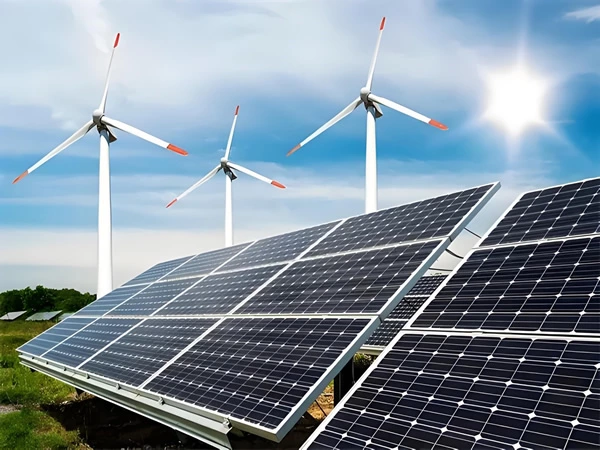The following is a detailed description of the combined process of "regulating tank + high-density tank + V-shaped filter +UF+NF+RO+ evaporation crystallization" for the daily treatment of 180 tons of high-salt wastewater:
1.Equalization Tank
Function: Homogenize and equalize, buffer fluctuations in water quality and quantity.
Principle: Chemical wastewater usually has fluctuations in pH, salt content, and organic matter concentration. The regulating tank mixes the wastewater evenly through long-term residence and stirring. It may be equipped with online pH monitoring and dosing systems (such as acids/bases) to initially adjust the pH to 6-9, avoiding subsequent processes from being affected by the shock.
2. High-Density Clarifier
Function: Remove suspended solids (SS), colloids, some heavy metals and organic substances.
Principle:
Coagulation stage: Add coagulants (such as PAC, FeCl₃), neutralize the surface charges of colloidal particles, and form tiny flocs.
Flocculation stage: Add PAM (polyacrylamide) as a coagulant aid, which forms large and dense flocs through adsorption bridging.
Sedimentation separation: The slurry and water rapidly separate in the inclined tube/plate sedimentation area, with the clear water overflowing, and the sludge at the bottom is concentrated and discharged.
3. V-shaped Filter (V-Filter)
Function: Deeply remove residual suspended solids to ensure that the SDI (pollution index) of the influent water for the subsequent membrane system is less than 5.
Principle: Utilize homogeneous quartz sand filter media (particle size 0.8 - 1.2mm), with a V-shaped inlet channel for uniform water distribution. Through gravity filtration, small particles are retained; during backwashing, the "combined air-water backwashing" mode is adopted (first air scrubbing, then water flushing) to restore the permeability of the filter layer.
4. Ultrafiltration
Function: Remove large molecular organic substances, bacteria, and colloids, providing pre-treatment for NF/RO.
Principle: Utilizing hollow fiber membranes, separation and screening are achieved under pressure-driven conditions. The cross-flow filtration design reduces membrane fouling, and chemical cleaning is carried out regularly.
5. Nanofiltration
Function: Separates divalent salts (such as CaSO₄, MgSO₄) and some small molecular organic substances.
Principle: The membrane pore size is approximately 1 nm, with a negative charge. It repels divalent ions through the Donnan effect and allows monovalent ions to partially pass through. The produced water enters the RO process, while the concentrated water can be treated separately or returned to the front end.
6. Reverse Osmosis
Function: Deep desalination, water reuse, concentrated liquid enters evaporation crystallization.
Principle: Utilizing polyamide composite membranes, under high pressure, the osmotic pressure is overcome, allowing water molecules to pass through while salt is retained. It is usually designed as a series of multiple stages, with a recovery rate controlled at 50-70% to avoid scaling.
7. Evaporation crystallization (MVR or multi-effect evaporation)
Function: Concentrate the salt in the RO concentrated liquid to saturation and cause crystallization to occur.
Principle: The secondary steam, after being heated by the compressor, serves as the heat source. The supersaturated solution is cooled or evaporated in the crystallizer, resulting in the precipitation of salt crystals (such as NaCl, Na₂SO₄), which are then centrifugally separated and packaged. The mother liquor can be refluxed or further processed (such as drying).


